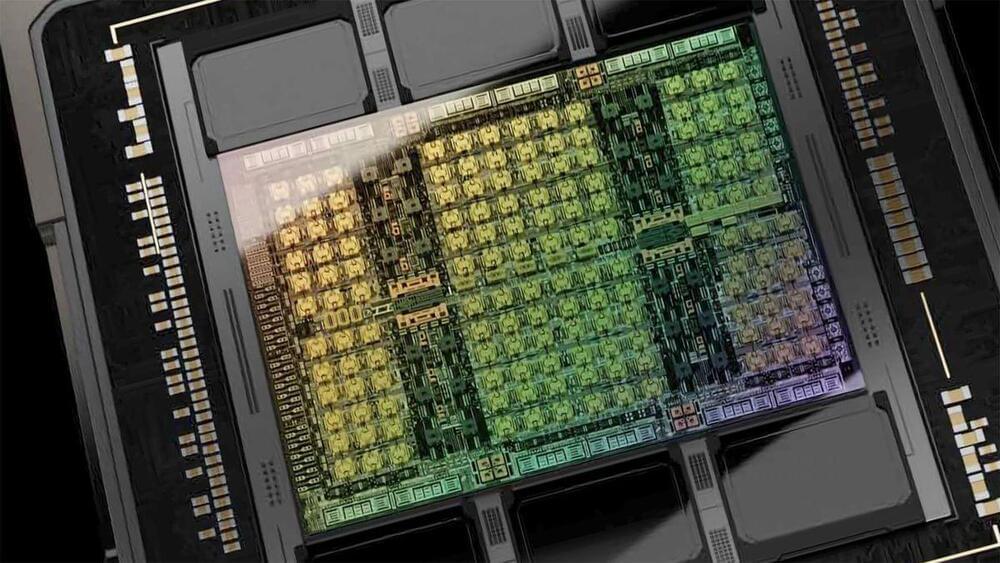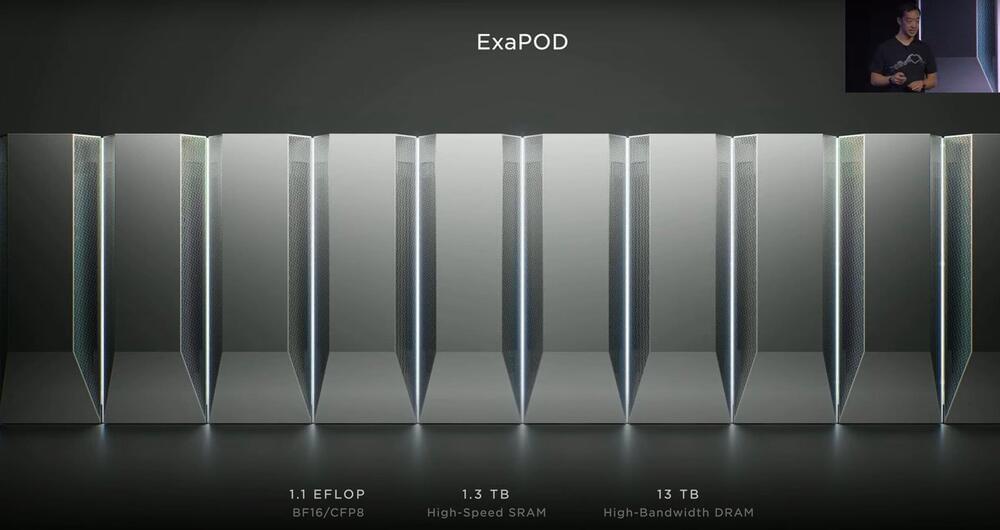Scientists believe that Homo sapiens, or modern humans, evolved into our present form approximately 300,000 years ago.



And the answers point to a profound reality: We have far more in common with our extinct cousins than we ever thought.
Neanderthals within us
Until recently, the genetic legacy from ancient humans was invisible because scientists were limited to what they could glean from the shape and size of bones. But there has been a steady stream of discoveries from ancient DNA, an area of study pioneered by Nobel Prize winner Svante Paabo who first pieced together a Neanderthal genome.


Tesla is reportedly increasing the orders for its Dojo D1 supercomputer chips. The D1 is a custom Tesla application-specific integrated circuit (ASIC) that’s designed for the Dojo supercomputer, and it is reportedly ordered from Taiwan Semiconductor Manufacturing Company (TSMC).
Citing a source reportedly familiar with the matter, Taiwanese publication Economic Daily noted that Tesla will be doubling its Dojo D1 chip to 10,000 units for the coming year. Considering the Dojo supercomputer’s scalability, expectations are high that the volume of D1 chip orders from TSMC will continue to increase until 2025.
Dojo, after all, is expected to be used by Tesla for the training of its driver-assist systems and self-driving AI models. With the rollout of projects like FSD, the dedicated robotaxi, and Optimus, Dojo’s contributions to the company’s operations would likely be more substantial.

Tesla TSLA CEO Elon Musk responded positively to a social media post when a user’s spouse approved of Tesla’s Full Self-Driving (FSD) feature.
What Happened: Matt Smith, an Equity Analysis at Halter Ferguson, posted about his wife’s newfound approval of Tesla Inc.’s FSD feature during a 40-minute drive. Musk responded to the post with “Great story”.



NASA Celebrates Arrival of OSIRIS-REx and Bennu Asteroid Samples on Earth
In a historic moment that marks the culmination of a seven-year interstellar odyssey, NASA’s OSIRIS-REx spacecraft has successfully delivered its first precious cargo to Earth. The long-awaited rendezvous with the asteroid Bennu has yielded a treasure trove of samples that are now undergoing meticulous examination by scientists and researchers.
The momentous touchdown occurred on Sunday, September 24, at the Department of Defense’s Utah Test and Training Range. Subsequently, the valuable package was carefully hoisted onto a waiting helicopter before embarking on the final leg of its journey to a high-security clean room. Access to this pristine environment is strictly limited to a select group of six individuals.

The backbone of the translation feature is OpenAI’s voice transcription tool Whisper, which can both transcribe English speech and translate other languages into English. But Spotify’s tool goes beyond speech-to-text translation — the feature will translate a podcast into a different language and reproduce it in a synthesized version of the podcasters’ own voice.
“By matching the creator’s own voice, Voice Translation gives listeners around the world the power to discover and be inspired by new podcasters in a more authentic way than ever before,” Ziad Sultan, Spotify’s vice president of personalization, said in a statement.
OpenAI is likely behind the voice replication part of this new feature, too. The AI company is making a few announcements this morning, including the launch of a tool that can create “human-like audio from just text and a few seconds of sample speech.” OpenAI says it’s intentionally limiting how widely this tool will be available due to concerns around safety and privacy.”
A partnership with OpenAI will let podcasters replicate their voices to automatically create foreign-language versions of their shows.

Researchers have found that the honey produced by ants native to Australia possesses unique anti-microbial activity against bacteria and fungi that could make the liquid useful medicinally.
The study, which was recently published in the journal PeerJ, was led by Andrew Dong and Dr. Kenya Fernandes from the Carter Lab at the University of Sydney. The lab is under the guidance of Professor Dee Carter from the School of Life and Environmental Sciences and the Sydney Institute for Infectious Diseases.
The team studied the Australian honeypot ant, Camponotus inflatus, which is found throughout desert areas mainly in Western Australia and the Northern Territory.